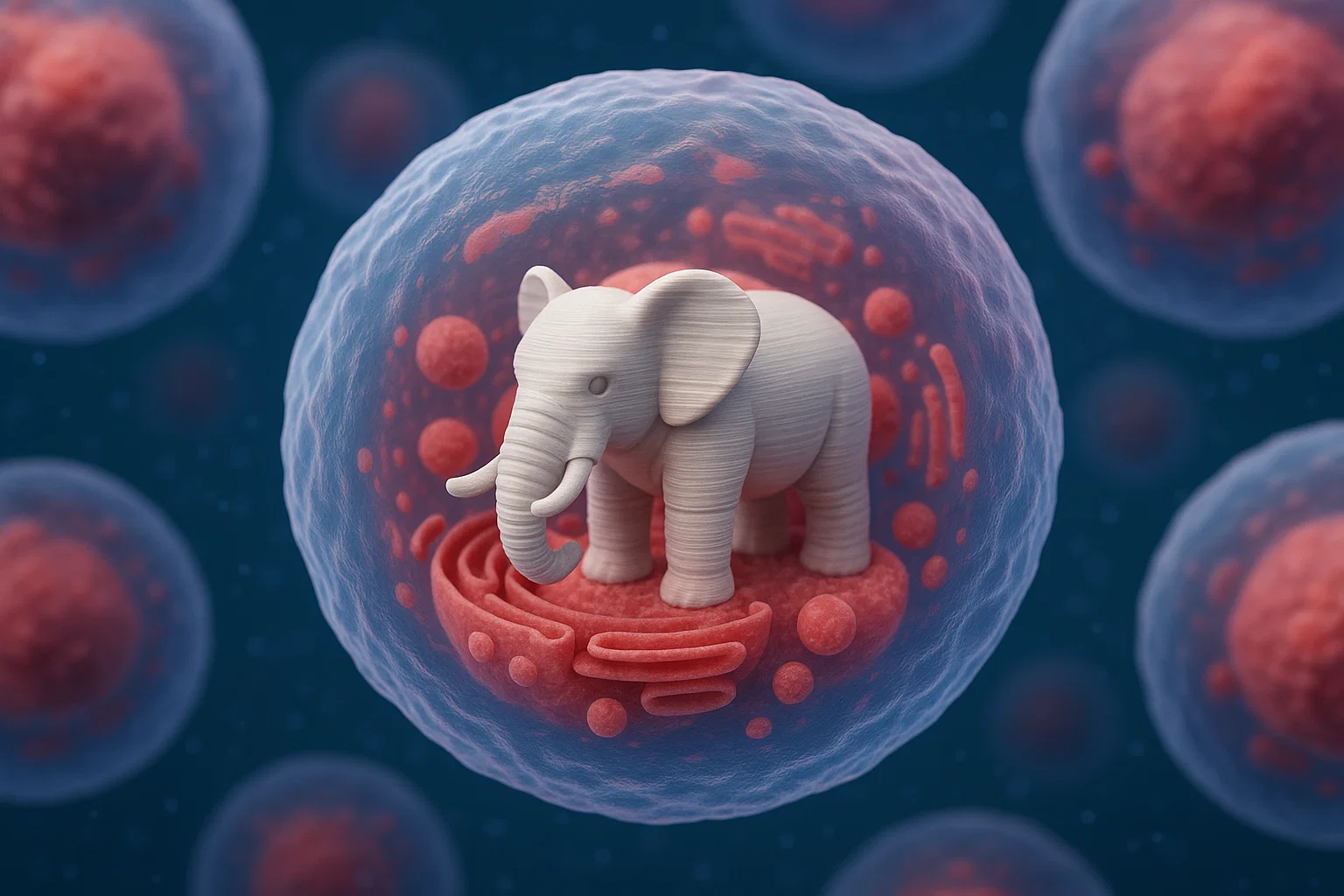To try everything Brilliant has to offer—free—for a full 30 days, visit https://brilliant.org/ArtemKirsanov/.You’ll also get 20% off an annual premium subsc…
Get the latest international news and world events from around the world.






Antibiotic resistance predicts higher mortality risk in 17-year follow-up—linked to diet and gender
A population-based study led by the University of Turku, Finland, investigated factors associated with the prevalence of antibiotic resistance. In addition to antibiotic use, diet, gender, living environment, income level and certain gut bacteria were associated with a higher burden of resistance. A higher resistance burden was associated with a 40% higher risk of all-cause mortality during the follow-up.
Antibiotic-resistant bacteria cause more than one million deaths per year worldwide, and the number is rising fast.
A recent study shows that an increase in relative mortality risk can be predicted by high resistance burden as well as by elevated blood pressure or type 2 diabetes. The number of antibiotic resistance genes found in gut bacteria predicted the risk of sepsis or death during a long follow-up period of almost two decades.

A chaos-modulated metasurface for physical-layer secure communications
With so many people using devices that can be connected to the internet, reliably securing wireless communications and protecting the data they are exchanging is of growing importance. While computer scientists have devised increasingly advanced security measures over the past decades, the most effective techniques rely on complex algorithms and intensive computations, which can consume a lot of energy.
Researchers at Peking University, Southeast University, University of Sannio and other institutes recently introduced a new approach for securing communications both effectively and energy-efficiently, which relies on a reconfigurable metasurface with properties that are modulated by chaotic patterns.
This approach, outlined in a paper published in Nature Communications, is based on an idea conceived by the senior authors Vincenzo Galdi, Lianlin Li and Tie Jun Cui, who oversaw the project. The idea was then realized at Peking University and Southeast University by junior authors JiaWen Xu Menglin Wei and Lei Zhang.


Scientists Create the Impossible: New Compound Challenges Fundamental Principle of Chemistry
Once thought unlikely, this new finding in coordination chemistry could lead to promising advances in catalysis and materials science.
For more than 100 years, the widely accepted 18-electron rule has been a foundational guideline in organometallic chemistry. Now, researchers at the Okinawa Institute of Science and Technology (OIST) have synthesized a new organometallic compound that challenges this principle. They developed a stable 20-electron version of ferrocene, an iron-based metal-organic complex, which could open new directions in chemical research.
“For many transition metal complexes, they are most stable when surrounded by 18 formal valence electrons. This is a chemical rule of thumb on which many key discoveries in catalysis and materials science are based,” said Dr. Satoshi Takebayashi, lead author of the paper published in Nature Communications.